Welcome to Hoops Velo
We pride ourselves on being a local independent store, passionate about keeping our customers wheels spinning
Services
-
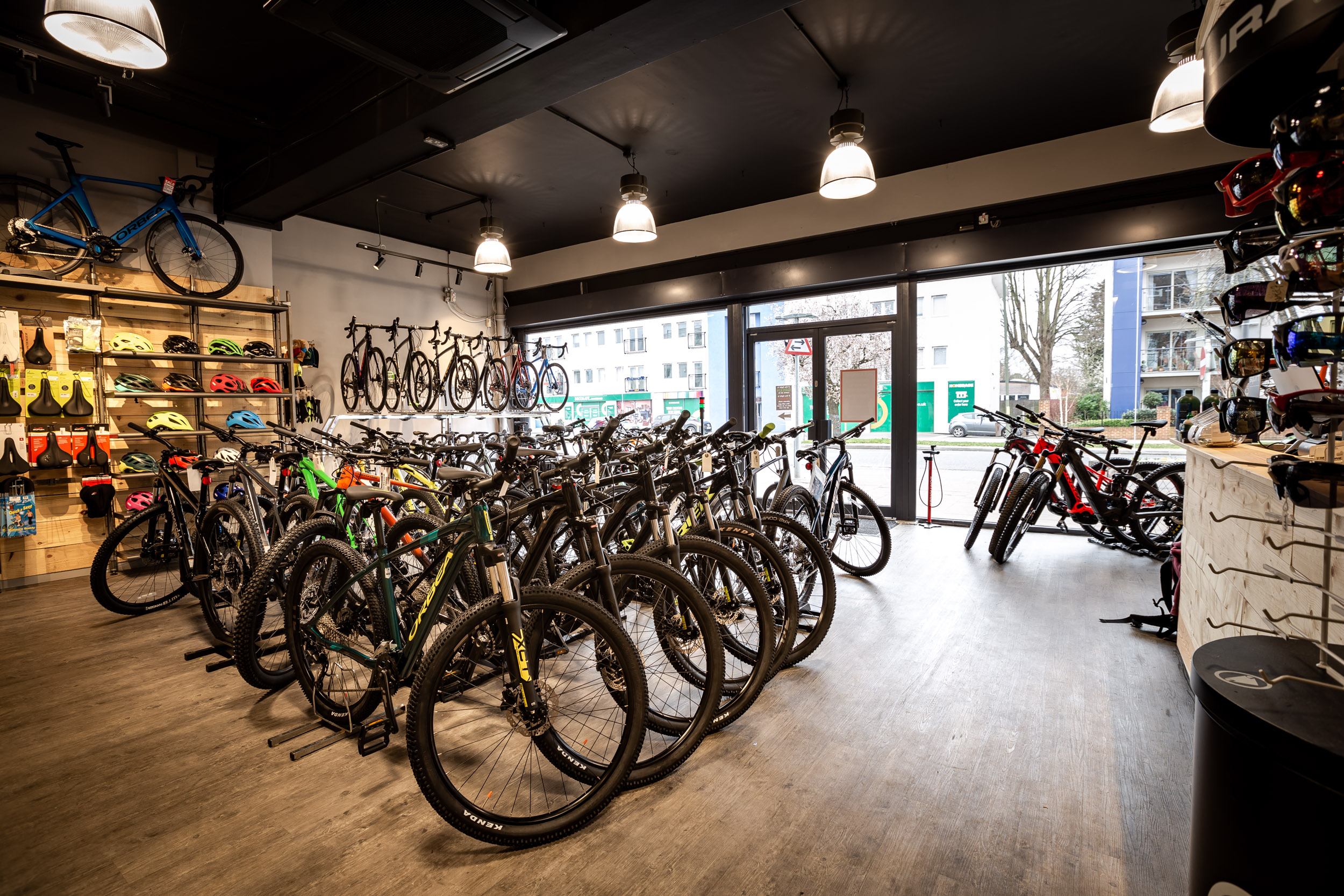
Novuna Finance
Novuna Finance Now Available In Store We are please to offer you finance options through Novuna finance. We have different options and competitive rates that vary depending on the bike you are purchasing. Currently these are only available in store although we hope to add different options on our website in the coming months. We…
-
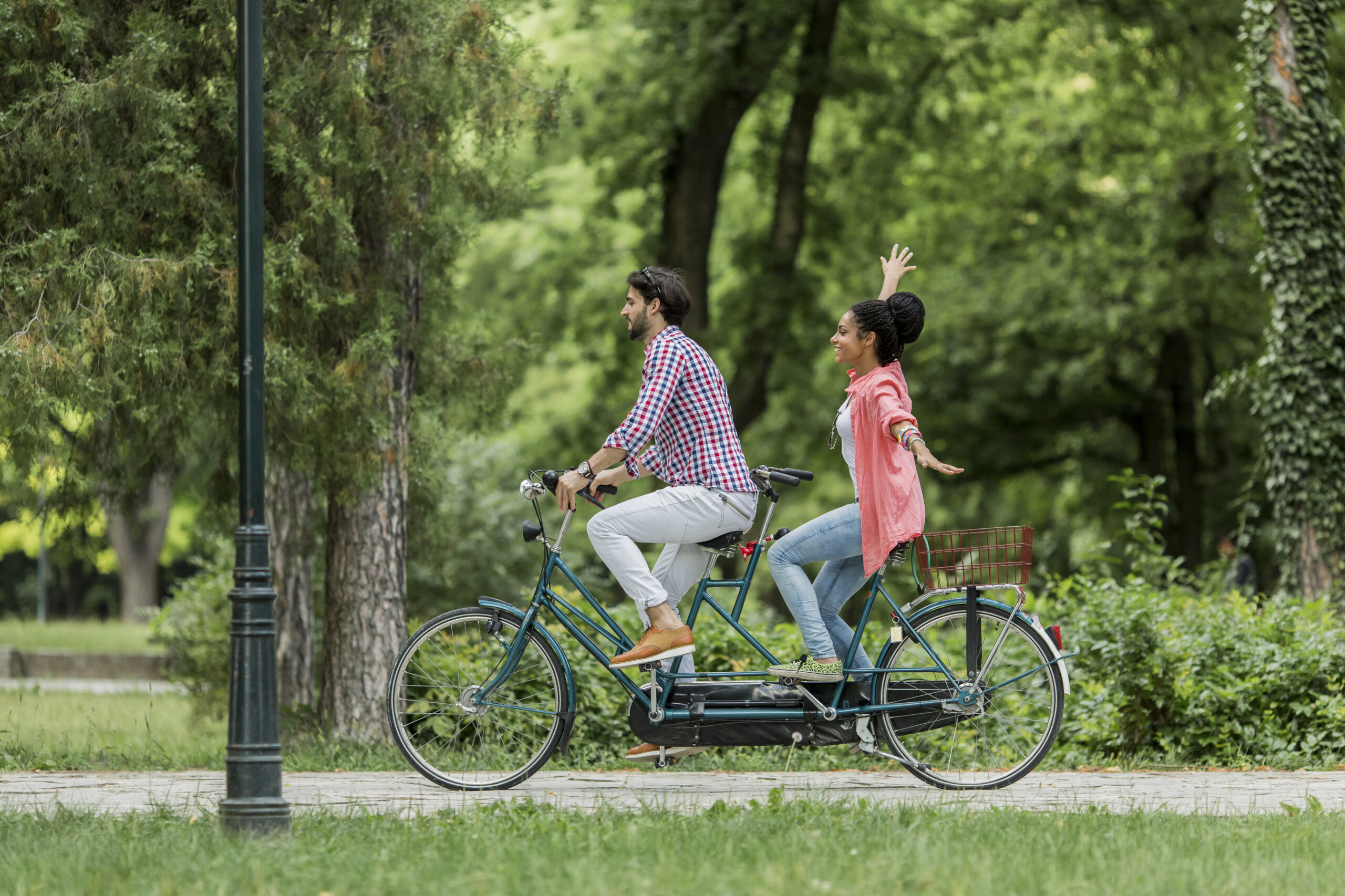
Cycle Scheme
What is the Cycle To Work scheme? Hoops is partnered with a number of Cycle schemes. All of these offer quick services to help provide you a new bike and accessories at a lower cost to you which are usually spread out over 12 months. This allows you to have a nice new bike and…
-
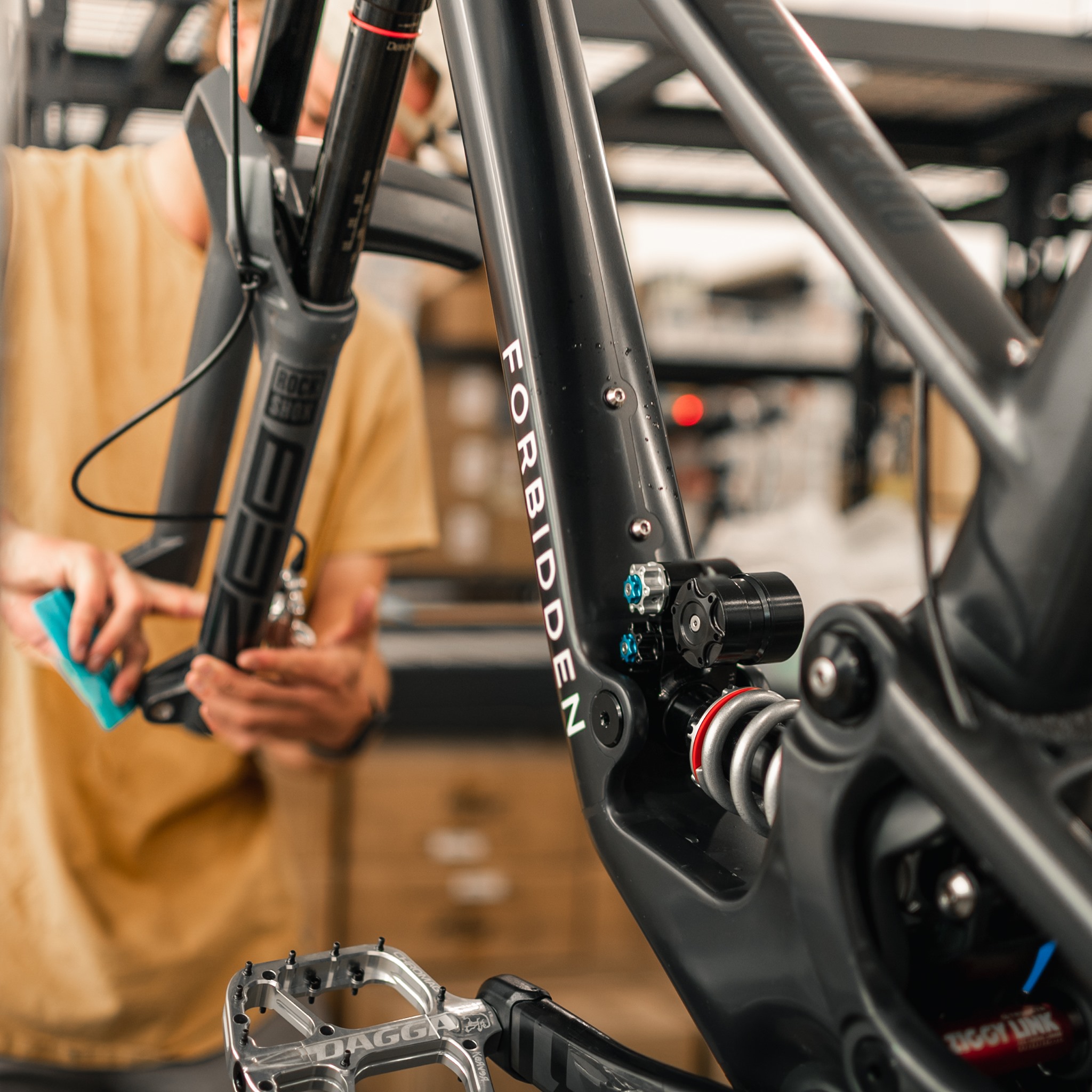
Ridewrap
Protect your ride with @ridewrap, we are very pleased to say that we are now able to sell Ride Wrap protection for your bike. They have 3 levels of protection available. Ride wrap We offer flexible options, which you can adapt to the different needs of each project. Essential Kit £30 Creator Protection™ Kits share the…
-

Demo Bikes
We have a few Demo bikes available to Demo here at Hoops, the bikes that we currently have available to Demo are listed below. The way that the demo bikes work is that we charge a demo fee and this will allow you to take the bike for 1 day to ride to test the…
-

Custom Builds
Please see a selection of the custom bike builds we have done recently, yes they are pretty much all Times, so yes we do love a nice Time build. If you want us to help build/spec out your Dream bike then get in touch with us. GARY’S TIME ALPE D’HUEZ DAVID’S TIME…
-
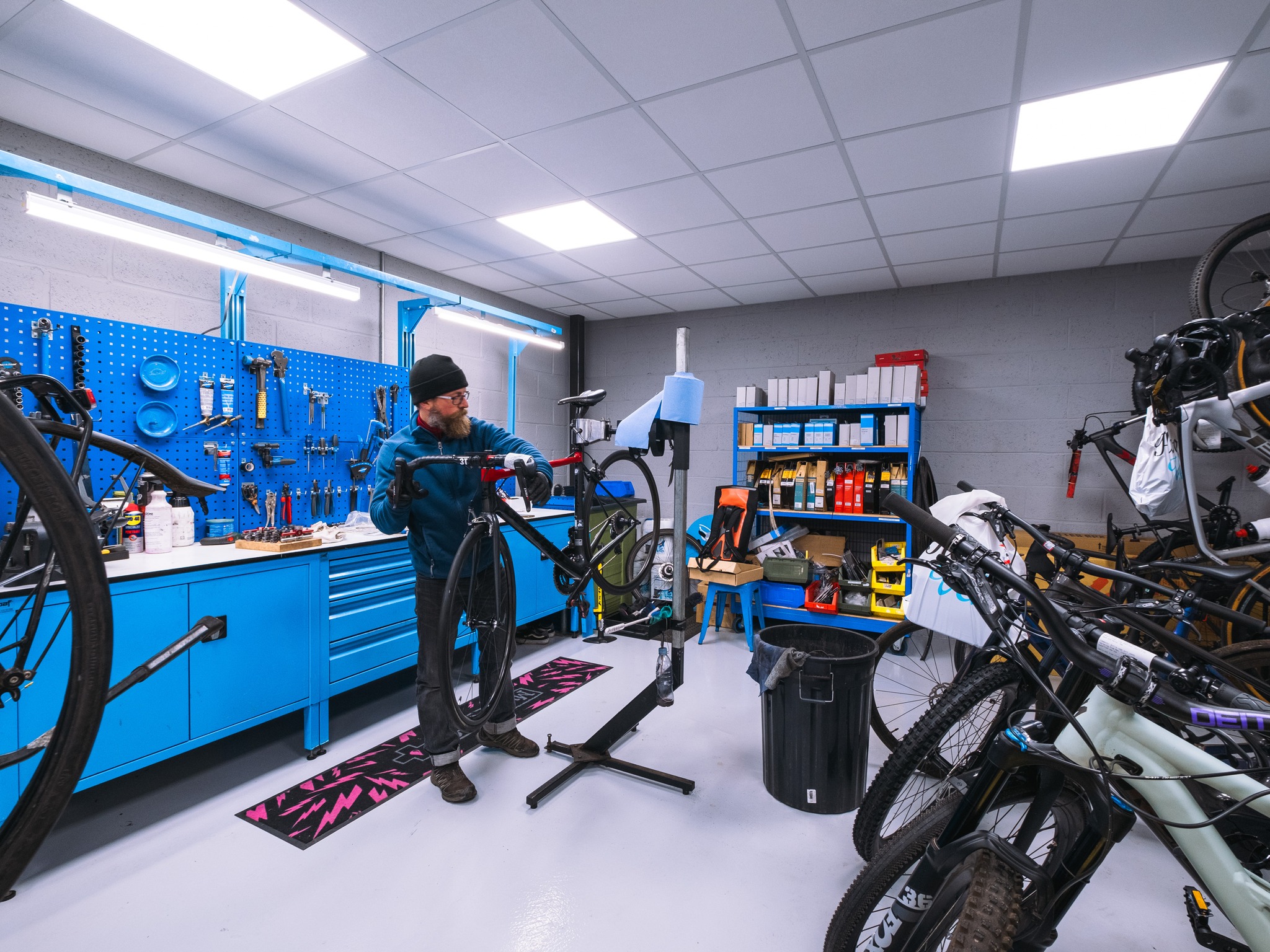
Bike Service & Repairs
Bike Services We offer flexible options, which you can adapt to the different needs of each project. Silver Service £60 This is an ideal service for bikes with little use from new or its last service, where you want to make sure it is ready to ride and prolong the life of the components. Gold…
-
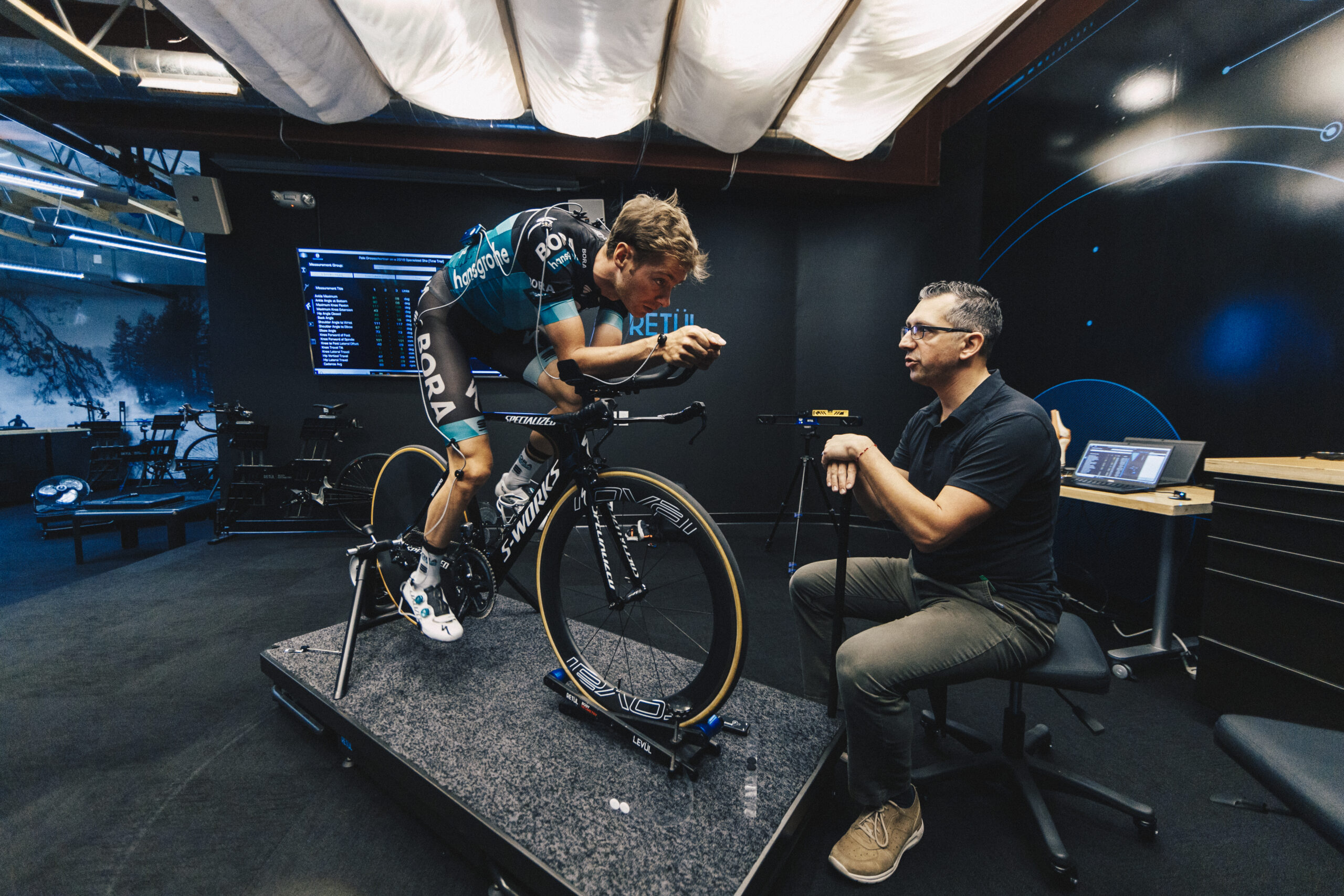
Bike Fitting
Currently limited availability in our Farnham store by appointment & when purchasing a new bike Bike Fit We offer flexible options, which you can adapt to the different needs of each project. ON THE BIKE £100 designed to help ROAD BIKE £200 GURU BIKE FIT Update Update TT/ TRIATHLON BIKE £300 GURU BIKE FIT Update…
We believe every ride should feel as good as the first.
Driven by a commitment to quality, performance, and community, we are more than just an online bike shop – we are your trusted partner in every pedal forward. Our shop offers everything from top-tier custom builds and high-quality components to bike fitting and accessories that fit your unique style and needs.
Custom Builds Tailored to You
Our custom bike builds service ensures you’re riding a bike tailored to your exact needs, style, and performance goals. Choose from a wide selection of premium frames, components, and accessories, and let our experienced team build your dream bike from the ground up.
Cycle Scheme for Commuters
With Hoops Velo’s participation in the Cycle Scheme, getting your ideal bike has never been easier or more affordable. This government initiative allows you to purchase bikes and accessories through salary sacrifice, saving you money while making your commute eco-friendly and enjoyable.
Demo Bikes for a Test Ride
Experience the difference before you commit. Our demo bike program allows you to test out a range of models, so you can make an informed decision on the bike that best fits your riding style and needs.
Best Price Guarantee
At Hoops Velo, we offer a price match service to ensure you’re getting the best deal. If you find the same product for less elsewhere, we’ll match it, so you can shop with confidence knowing you’re getting the best value.
Cycle Insurance Options
Protect your investment with our cycle insurance options. Whether for your custom build or demo bike purchase, our insurance plans provide peace of mind against theft, accidents, and damage.
Connect with Local Cycle Events & Clubs
We love building community. Hoops Velo partners with local cycle clubs and events to bring riders together, whether you’re a weekend warrior or a competitive racer. Discover upcoming events or join a club to ride with like-minded cyclists and stay connected with our growing cycling community.
Stores
-

Winchester Store
Contact & Visit Opening Times Monday – Friday 9:00 – 17.30 Saturday 9:30 – 17:30 Sunday 10:00 – 16:00 We are pleased to announce the opening of our new Winchester store in July 2024. This store is a significant addition to our growing network and stands as our second-largest location. With hundreds of bikes in…
-
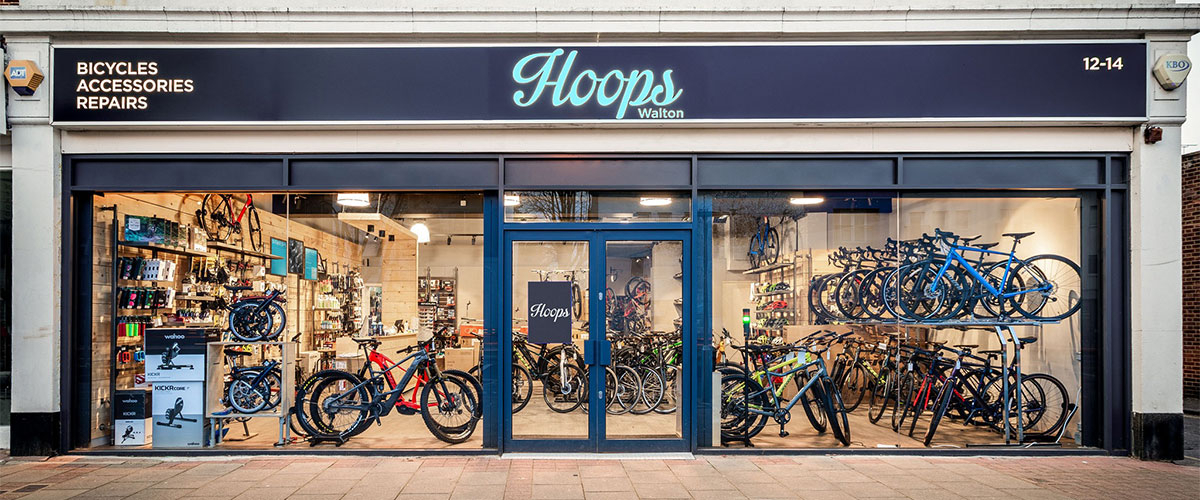
Walton-on-Thames Store
Contact & Visit Opening Times Now open Monday – Saturday 9:00 – 17.30 10:00 – 16:00 (Bank Holidays) Sunday Closed Just one mile up the road from Walton-on-Thames train station, Hoops Walton is the perfect cycling destination for those living in Surrey and Greater London. With an eclectic range of products spanning across the disciplines from…
-
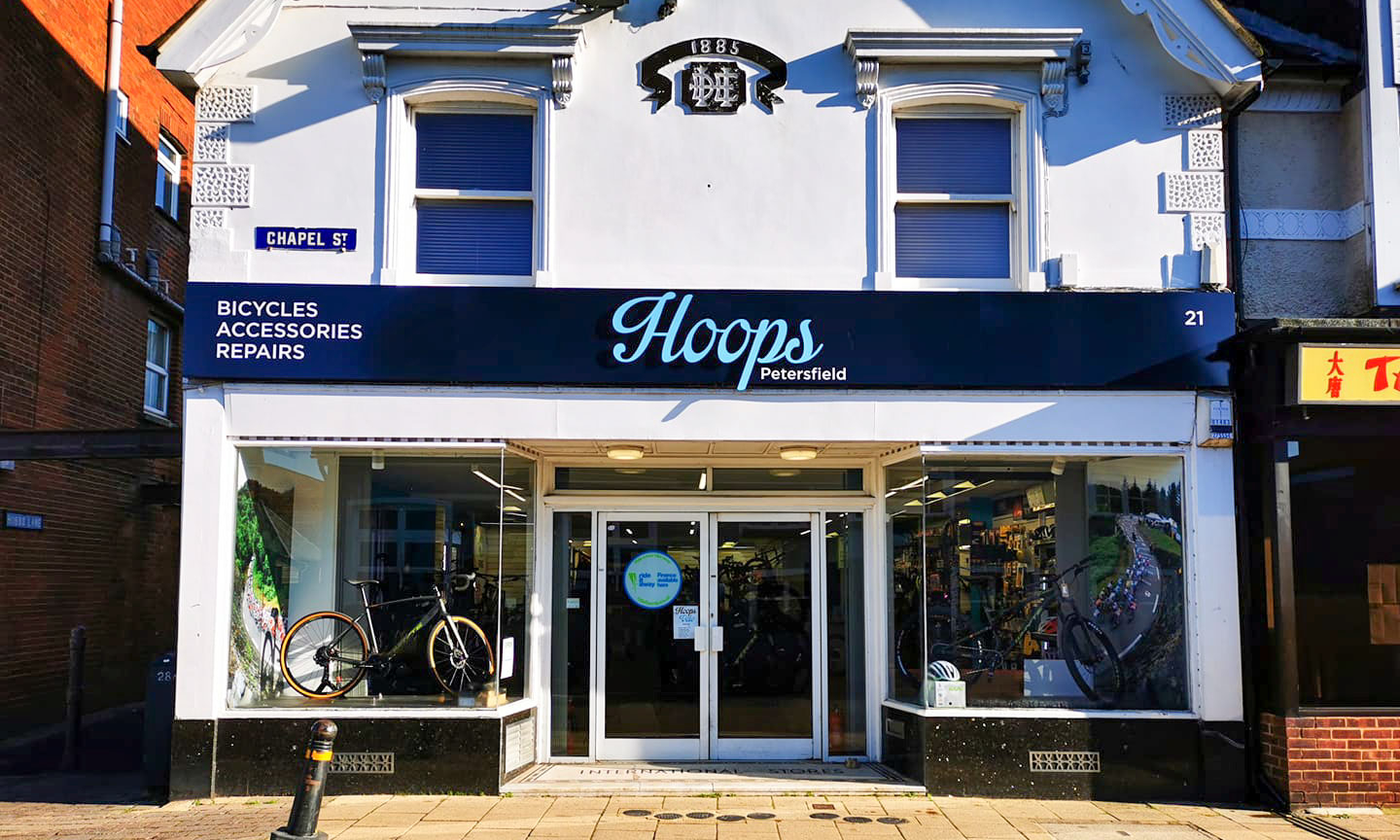
Petersfield Store
Contact & Visit Opening Times Tuesday – Saturday 9:00 – 17.30 Sunday & Monday Closed Situated slap-bang in the middle of the South Downs National Park and just a short stroll from Petersfield train station, Hoops Petersfield is a hub of all things cycling. Working with brands that we believe in, our product range caters…
-
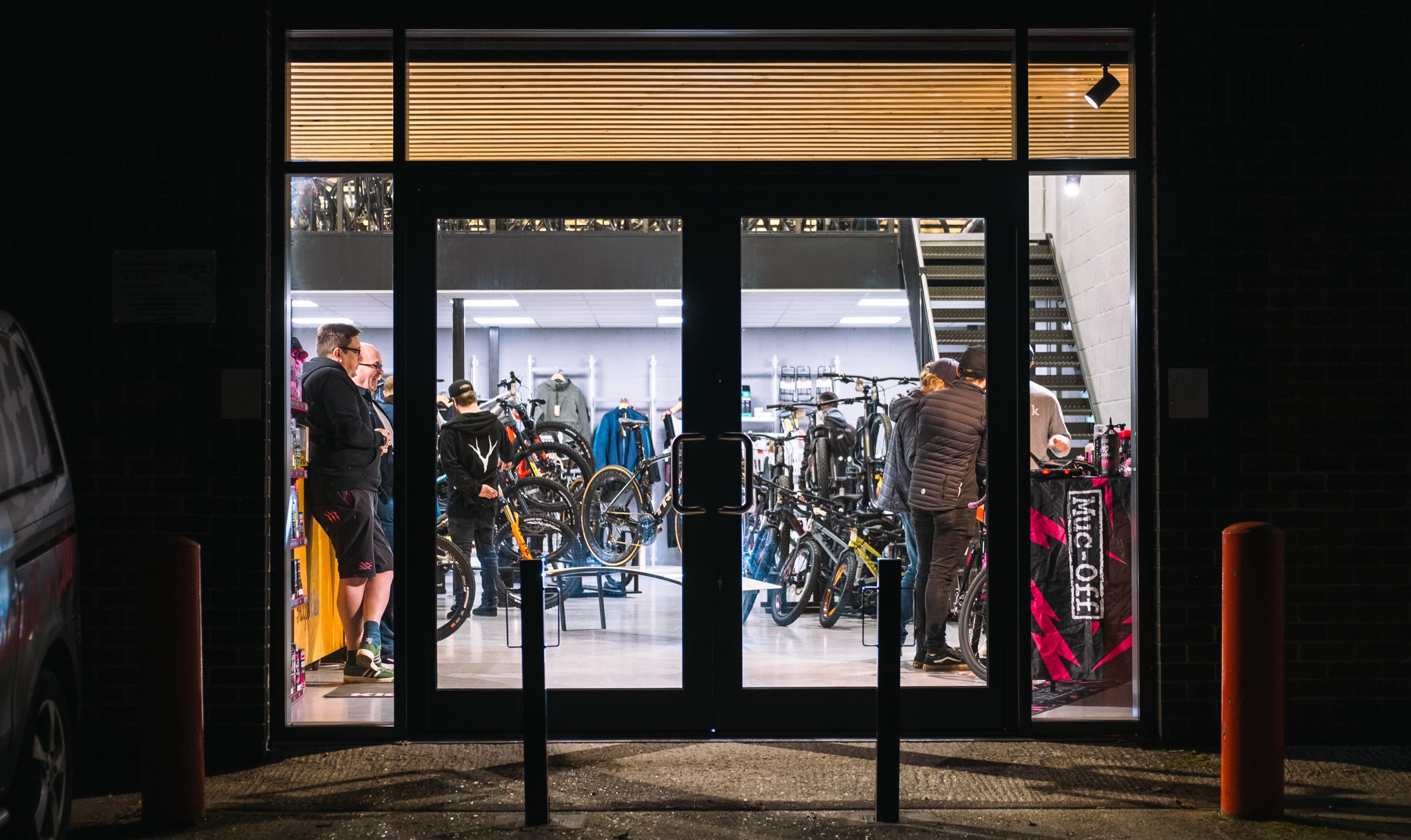
Farnham Store
Welcome to our new flagship store! (Don’t worry, we’re still in Farnham, just down the road in Grovebell Industrial Estate) Contact & Visit Opening Times Monday – Saturday9:00 – 17.30 (09.30 – 17.30 on Saturdays) Sunday – closed Farnham is where it all started for us here at Hoops. Originally known as East St. Cycles,…
“My experience in buying and servicing my bike at Hoops Velo is exceptional.”
Robert S